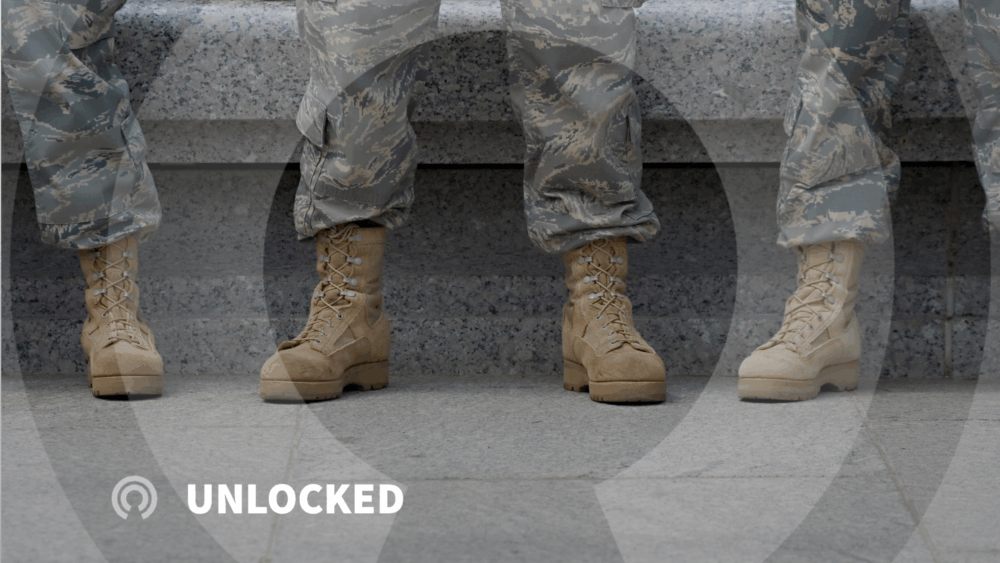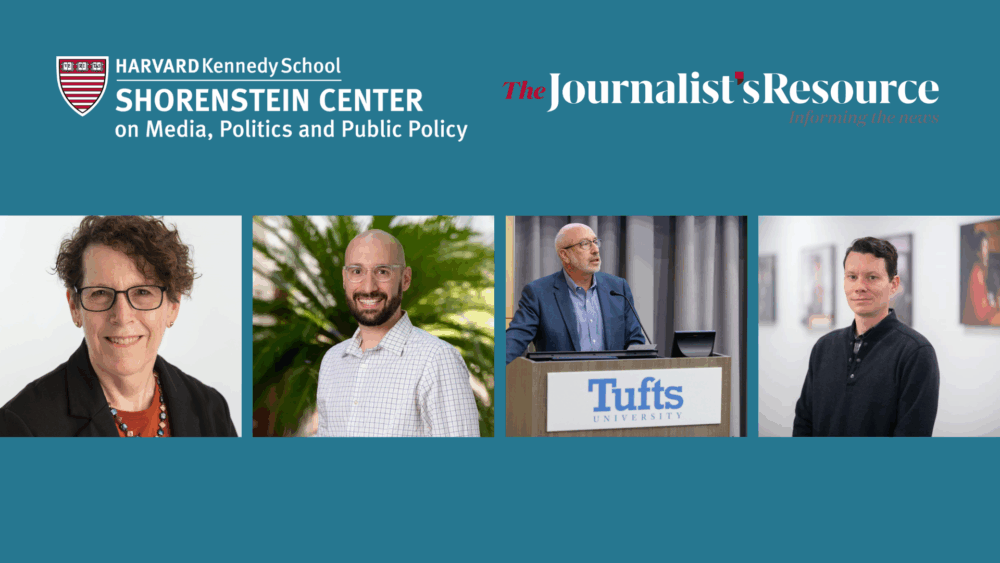
Explainers, Podcasts, Videos
Unlocked: Who controls the National Guard?
Reports & Papers
A paper by Lisa Bennett, spring 1998 fellow, argues that although media coverage of gays and lesbians has improved in recent decades, coverage in the 1990s continued to include distorted and negative allegations. When journalists first came to the story of homosexuality at the end of World War II, the stigma surrounding the subject was far greater than anything that exists today. All the major religions condemned it, psychiatrists treated it as a serious mental disorder, and almost every state in the U.S. had a law against it, with many calling for a prison term for convicted homosexuals. And Americans generally didn’t talk about it, at least in public. News coverage has since come a long way, yet, this study also finds that prejudicial allegations have continued to appear well into the 1990s—distorting coverage of gays and lesbians in the military, anti-discrimination measures, and the issue of gay and lesbian marriage. Among the most significant and consistent findings in this regard have been the implicit assumptions that homosexuality is inherently negative; that gays are sexually predatory; and that gays and lesbians are a threat to children—or, more specifically, that they “recruit,” “seduce” and “molest” children. These assumptions and allegations repeatedly have appeared, without the evidence to support them, and frequently without balance from the gays and lesbians who are subject to them.

Explainers, Podcasts, Videos

Videos

Explainers, Podcasts, Videos